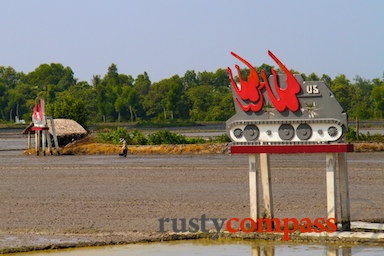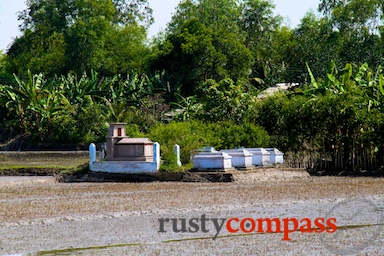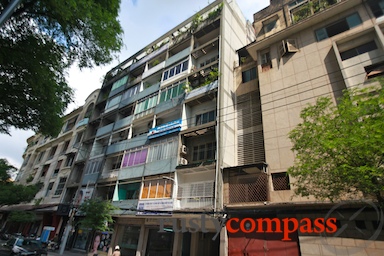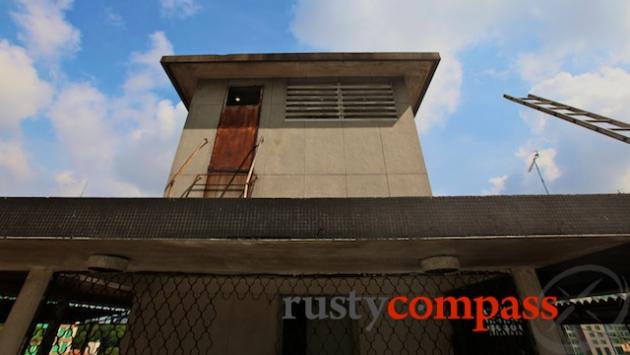The Battle of Ap Bac was a watershed event in the history of United States’ involvement in Vietnam. It was the first time that the Viet Cong had stood up to the superior US supplied firepower of the South Vietnamese and inflicted major casualties. 83 South Vietnamese soldiers died that day and the US lost 3 of its “advisors”.

Photo: Mark BowyerMarking the spots where US hardware was destroyed in January 1963.
Celebrated war correspondent Neil Sheehan devoted an entire chapter to the Battle of Ap Bac in his epic work on the Vietnam War, A Bright Shining Lie. Others describe it as the first decisive Viet Cong victory.
The loss of 5 US supplied choppers as well as armoured personnel carriers provided the first evidence of the readiness of the peasant Viet Cong forces to challenge and defeat the superior technology of their western backed foe.
The Battle of Ap Bac was a terrible omen for the deadly 13 year journey the United States was about to embark on in Vietnam.

Photo: Mark BowyerAncestral graves in the rice fields at Ap Bac.
At the end of the day on January 2 1963 when Ap Bac’s rural rhythms had been shattered, American casulties in Vietnam stood at 56.
Back in downtown Saigon stands another rarely visited site that seized global attention on 30 April 1975 - the last day of the American campaign in Vietnam. By then, more than 58,000 American and 3 million Vietnamese lives had been lost since the Battle of Ap Bac.

Photo: Mark BowyerThe anonymous Saigon building that was the scene of Hu van Es's famous shot.
UPI photographer Hu van Es took a shot from his office of a US chopper evacuating people from the top of a small Saigon apartment building. The building has frequently been incorrectly described as the US Embassy. You can view van Es’s image and read his account of the fall of Saigon, here.
Van Es’s shot was beamed around the globe. It captured better than any other, the humiliating scramble that was the end of the America’s Vietnam War.

Photo: Mark BowyerThat Saigon rooftop - the first thing to strike you is how tiny the lift shaft that became a makeshift helipad is.
There is more enthusiasm for remembering the tanks that smashed through the gates of the Presidential Palace than there is for remembering a scramble to leave the country that included thousands of Vietnamese. In the years that followed, hundreds of thousands fled the communist controlled unified nation.
The building’s former address was 22 Gia Long St - now known as Ly Tu Trong St.
A visit to that rooftop has a similar profound quality to Ap Bac - life has moved on. These spaces have meaning for westerners but Vietnamese have more important things to think about - for now at least.
It’s difficult to be unmoved by the boundless tragedy and loss of life that occurred between Ap Bac and April 30 1975 when hundreds sought to escape from this rooftop only to be left behind.
Ap Bac and this downtown Saigon rooftop are free of tourists. But their symbolism as moving bookends to America’s war in Vietnam is all the more powerful for their relative anonymity.





There are no comments yet.